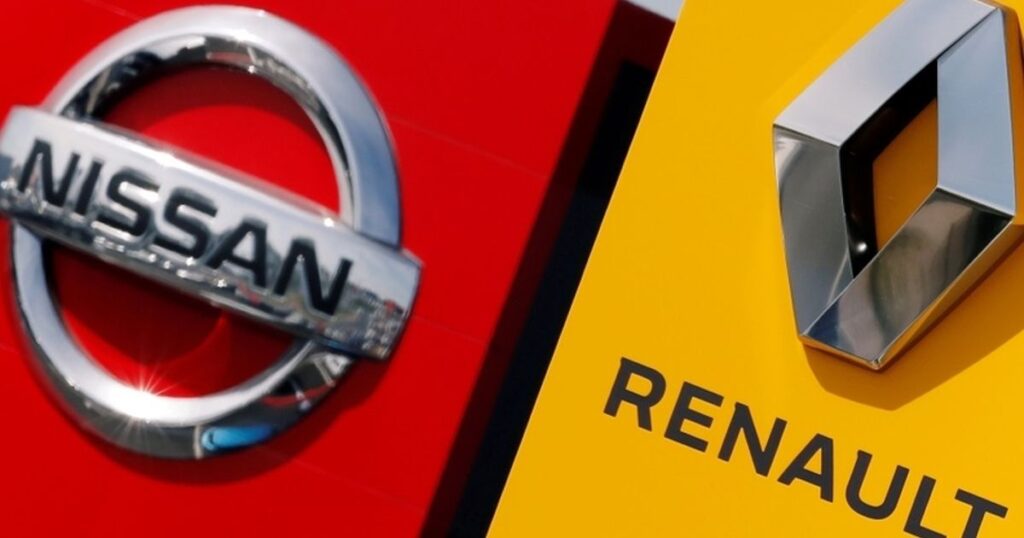Renault’s prospective structural revamp would add another wrinkle to the alliance, which has been on the verge of disintegration since its former boss, Carlos Ghosn, was arrested in Japan in 2018.
The three-member association is attempting to improve collaboration as manufacturers worldwide cope with the costly transition to electric, driverless vehicles. Manufacturers are attempting to reduce costs by utilising common batteries and other critical components.
The cooperation has “significant synergy potential,” Moody’s Corp. noted in an April 6 report reiterating Renault’s negative outlook. It cited the automaker’s low profits, delayed turnaround progress, and cessation of operations in Russia.
De Meo discussed the prospect of dividing Renault into a new mobility firm comprised of electric vehicle and car-sharing assets and a heritage corporation during last week’s discussion with analysts, Stifel analysts including Pierre Quemener said in a note. “The CEO further stated that the latter may be merged with those of a prospective partner,” the memo stated. “An initial public offering of New Mobility assets may be considered in 2023.”
Uneven distribution of ownership
It is unknown whether the move will alter the alliance’s long-standing shareholding imbalance, which has exacerbated tensions. Renault owns 43% of the larger Japanese firm and has voting rights, whereas Nissan owns 15% of Renault but does not have voting rights.
Renault may earn up to 7.2 billion euros by selling all or part of its interest in Nissan, which is about equal to the company’s current market worth. Nissan stopped paying dividends in 2019, depriving Renault of a critical source of revenue.
The partnership unveiled a strategy in January to strengthen operational relations and invest in electrification.
Renault ceased production at its Moscow facility last month and stated that it is evaluating the future of its long-standing AvtoVaz cooperation, while also downgrading its financial outlook for this year.
